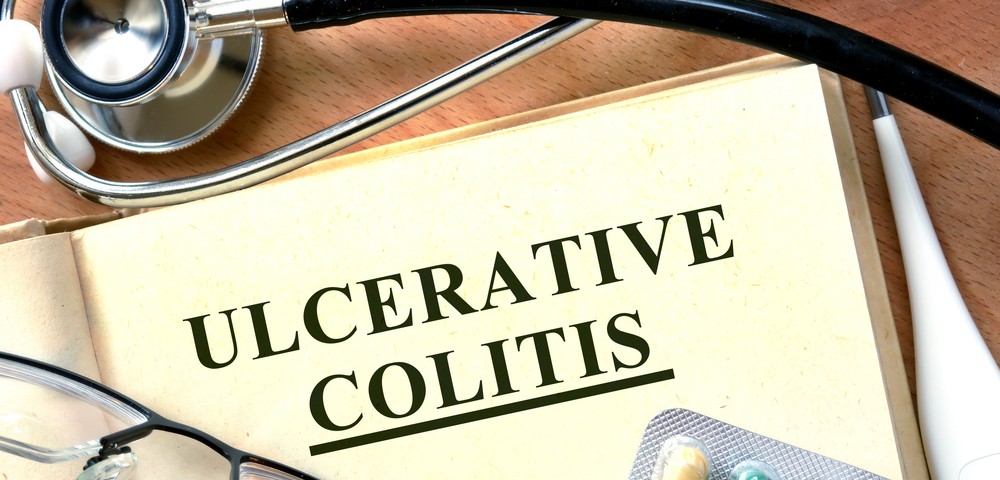In a new study, researchers compared the efficacy of two techniques, rectosigmoidoscopy and colonoscopy, for the measurement of endoscopic healing in patients with ulcerative colitis, and found a strong correlation between both methods in assessing disease activity and mucosal healing. The research article, “Agreement Between Rectosigmoidoscopy and Colonoscopy Analyses of Disease Activity and Healing in Patients With Ulcerative Colitis,” was published in the journal Gastroenterology.
The standard practice in ulcerative colitis clinical trials is to perform an endoscopy limited to the rectum and sigmoid colon, called a rectosigmoidoscopy, in order to track disease activity and mucosal healing, since it is largely thought that the most severe disease is limited to this part of the intestine. However, researchers believe this assumption may miss inflammation-related damage in other parts of the intestine.
Researchers have now investigated if rectosigmoidoscopies are adequate techniques to accurately assess ulcerative colitis activity and damage in the more proximal colon. The scientists analyzed data from a Phase 2 clinical trial, the EUCALYPTUS trial on etrolizumab (Genentech), who had enrolled patients with moderate to severe ulcerative colitis who were previously unresponsive to standard therapy.
Mayo Clinic endoscopic subscores (MCSe) and ulcerative colitis endoscopic index of severity (UCEIS) scores were determined through analyses of endoscopic videos, performed at baseline, week 6 and week 10, of the rectosigmoid and proximal colon. Rates of the endoscopic healing (evaluated as MCSe less than 1, MCSe = 0), and scores from rectosigmoidoscopy and colonoscopy analyses of 239 examinations were compared with endoscopic assessment proximal to the rectosigmoid colon.
The results showed a high degree of correlation between the assessment obtained with rectosigmoidoscopy and colonoscopy in terms of measured disease activity in 205 videos (MCSe greater than or equal to 2), and also absence of disease activity and healing in 25 videos. In nine videos, colonoscopy found disease activity in the proximal colon that was detected by rectosigmoidoscopy. When endoscopy healing was defined as a MCSe of 0, there was discordance in only one video.
The research team concluded that there is a high degree of concordance between assessments via rectosigmoidoscopy and colonoscopy. Still, they are cautious. “In cases in which rectosigmoidoscopy has detected endoscopic healing in response to induction therapy but symptoms persist, performance of a more extensive examination with colonoscopy is justified,” the research team wrote in a news release.

